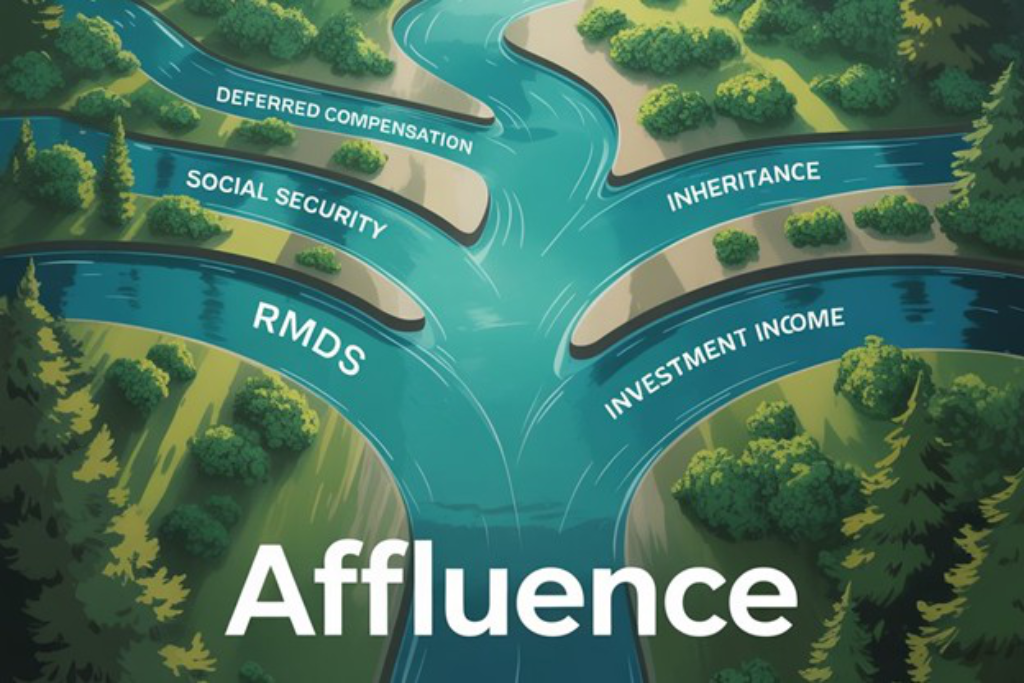What Gives: The Impact of the 2018 Tax Cuts and Jobs Act on Charitable Giving

The Tax Cuts and Jobs Act signed into law in late December inspired a spate of commentary, particularly concerning the doubling of the standard deduction and the expected impact of that on nonprofits.
The new tax law doubles the standard deduction to $12,000 for individuals and to $24,000 for couples filing jointly, meaning millions of middle income taxpayers will find it easier and financially beneficial to take the standard deduction when filing their taxes rather than submitting itemized deductions. (Today, roughly 30 percent of taxpayers itemize deductions for things like mortgage interest, state and local taxes, medical expenses and charitable giving.)
For this group of people, the financial incentive inherent in itemized charitable contributions goes away. For higher income individuals (those with the ability to claim more than the standard deduction of $12,000 or $24,000) the value of itemizing deductions (including those for charitable contributions) remains.
The new law gave rise to some dire predictions for nonprofits at year-end.
Headlines like this one in the LA Times, “The GOP Tax Reform will Devastate Charitable Giving,” decried the act as a deathblow to philanthropy. True enough, some have speculated that the tax law change will lead to changes in the giving habits of American taxpayers. Estimates of change vary from a decline of more than 4 percent to an increase of 3 to 4 percent.
While the headlines flame the fear of financial hits to charities of all kinds, there is reason to be more hopeful. We expect donors will not give out. They may give up, instead. (In fact, many Fortune 500 corporations are doing that already.)
Charitable Contributions: Giving Out or Giving Up?
In addition to raising the standard deduction, the new tax bill also reduced tax rates for corporations and taxpayers in most income brackets, and it expanded the child tax credit. To the extent this fuels economic growth and increases disposable income, there will be a positive impact on giving.
Some analysts estimate charitable giving actually could rise by as much as $8 billion. Some corporations have already responded to tax reform by issuing employee bonuses and large charitable gifts. Boeing announced a $100 million dollar gift to employee gift-match programs and to its primary giving focus areas including education, community development, and for veterans and military personnel. PNC Financial Services issued a $200 million gift, and Southwest Airlines gave an additional $5 million in charitable gifts following passage of the new law.
Why else might nonprofits be more optimistic about the impact of tax reform? Consider the following:
- Strong economies lift giving: The Giving Institute reports that research out of Indiana University Lilly Family School of Philanthropy and other outlets has demonstrated that aggregate giving trends are influenced by economic factors. Currently, our economy is experiencing record growth.
- Giving is increasing: For only the sixth time in 40 years individual giving to all nine major types of charitable organizations (religious, educational, human services, arts, for example) increased in 2016 by 2.7 percent to $390 billion. (Giving USA infographic)
- Recently, giving was up even when incomes were not: Since 2009, inflation-adjusted charitable deductions have risen by 21 percent, while disposable personal income has dropped by 1 percent.
- Not all giving is reported to the IRS: In 2014 the IRS reported $213 billion in charitable donations, but Giving USA reported that Americans gave $358 billion that year. That means that less than 60 cents out of every dollar of charitable donations is reported to the IRS. Estimates are that half of all charitable deductions are unaffected by tax laws today. (Michael Hicks, Director, Center for Business and Economic Research at Ball State University.)
- Religiously-Affiliated charities may have less concern: People who are religiously affiliated are less motivated by the tax relief their gifts confer, and they are more likely to make a charitable donation of any kind, whether to a religious congregation or to another type of charitable organization. (Giving USA.)
- High net worth donors have a message: A U.S. Trust study on philanthropy found that in 2015 just 18 percent of wealthy donors said they were motivated to give by tax benefits. What motivated them most? The mission of the organization (54%) and whether their gift could make a difference (44%).
No one knows for certain whether the new tax law will inhibit or encourage philanthropy in 2018 and beyond. But we do know that donors of every kind are expecting more from the charities they support—more evidence that the money they give is being used for maximum impact, and more reasons to keep giving.
If charities can no longer expect a tax deduction to inspire contributions, we might see nonprofits doing even more to inspire donors themselves with their mission and stories of success.
That could be the best outcome of all.



